VAT on Expenses and Disbursements: How to Apply it According to HMRC Guidance
Handling VAT on expenses can be complex and mistakes can lead to costly penalties. Many companies cover employees’ out-of-pocket expenses as part of standard business procedures. However, when these expenses are passed on to the end customer (often termed as ‘disbursements’), VAT treatment can vary significantly.
So, when should you charge VAT on these costs?
The answer might not be what you think. Carry on reading to find out and discover how the right tools can make compliance effortless.
Understanding VAT on Expenses and Disbursements
VAT on expenses can be confusing, especially when distinguishing between what to charge VAT on and what not to. Here’s a simplified breakdown:
The difference between disbursements and expenses
Expenses: These are costs incurred by a business that are necessary to perform its services and are passed on to the customer. For example, if a company is hired to complete a job and incurs costs like mileage, accommodation, and meals, these are considered expenses.
Disbursements: Unlike expenses, disbursements are costs paid on behalf of the customer without adding value to the service. This includes costs like paying for third-party services or products where no additional service is provided by the company.
The no value-added part is really important because it is this that decides whether VAT is charged or not.
Example: The IT Company
Let’s consider an IT company:
- Project Cost: £5,000 + VAT
- Expenses: Mileage (£20), Hotel (£70), Meals (£25) – Total: £115 + VAT
- Disbursement: Anti-virus subscription (£150) – No VAT
Expenses: The mileage, room and food are all examples of expenses because they were needed to allow the technician to do their job and they are used to provide value for the customer.
Disbursements: As part of their service, the company pays for the anti-virus subscription on behalf of the company (£150 per month). It makes no money from this, doesn’t install or manage it and simply passes through the cost to the customer. In short, no value is added.
This is a disbursement.
HMRC’s Position on VAT
HMRC's stance on VAT (Value Added Tax) is a crucial aspect of UK business compliance. The key distinction lies between disbursements and rechargeable expenses which form part of a business's supply.
If a business incorporates third-party goods or services to add value to its offering, these costs become part of its own supply. A common example is the IT company including the cost of a third-party service in its client invoice as part of the consultancy package. Similarly, travel and accommodation expenses incurred to deliver a service are considered part of that service. In these cases, the business must charge VAT when billing the customer, regardless of whether the original expense was zero-rated or exempt.
Conversely, a disbursement is a payment made on behalf of a customer with no added value, and the expense is simply passed on. Here, VAT is not charged on the disbursement itself. The decisive factor is not the original VAT status of the item but whether it has been integrated into the business's supply, as as outlined in HMRC’s VAT Notice 700.
To ensure compliance, businesses must accurately reflect this distinction in their invoicing and documentation.
The VAT treatment of expenses and disbursements
VAT is charged on expenses even if the item in question was zero-rated or exempt. VAT is not added to disbursements even if the item in question does attract VAT. They are simply charged at the gross amount.
So taking the IT company example into account, the invoice would look like this:
- Fee: £5,000 + VAT (£1,000)
- Expenses: £115 + VAT (£23)
- Disbursements: £150
- Total: £5,265
- VAT: £1,023
- Grand Total: £6,288
As you can see, we have charged VAT on the fee and expenses but not on the anti-virus software. If VAT were applied to all items, the VAT figure would be £1,053. This difference highlights the importance of correctly categorising expenses and disbursements.
Important note - HMRC takes the view that if you use the goods or services that you charge to your customers then they form part of your service. If your service is chargeable for VAT then so are the expenses.
However, with disbursements, you don’t use the item to provide a service and so it is not chargeable by you.
VAT on Reimbursed Expenses:
VAT is charged on expenses if the costs directly contribute to providing the service. Even if the item itself is zero-rated or exempt, VAT should be added if the service is VATable.
VAT on Disbursements:
VAT is not charged on disbursements, regardless of whether they include VAT. Disbursements are passed through at the gross amount without VAT adjustments.
Does Gross Include VAT?
Yes, "gross" typically includes VAT. In financial and accounting contexts, the term "gross" refers to the total amount before any deductions, such as taxes or discounts, have been made.
When you see an invoice or a financial summary with a line item labelled as "gross," it generally means the total amount including VAT. Here’s a brief breakdown:
Gross Amount: The total amount before any deductions or taxes are removed. This includes VAT.
Net Amount: The total amount excluding VAT. This is what you would pay without including the tax.
For example, if an invoice has a gross amount of £6,288, it means that this amount includes VAT. To find the net amount (excluding VAT), you would subtract the VAT from the gross amount.
Using the previous invoice example:
Gross Amount: £6,288 (includes VAT)
Net Amount: £5,265 (excludes VAT)
VAT: £1,023
Applying VAT Correctly: Expenses, Disbursements, and Input VAT Rules
- Charge VAT on Expenses: If goods or services are used to add value to your own service, VAT must be charged when recharging the cost to your customer. This includes travel, accommodation, and consultancy-related expenses.
- Do Not Charge VAT on Disbursements: Disbursements are costs paid on behalf of the customer, with no added value. These should be passed through at cost, without adding VAT. Examples include government fees or third-party subscriptions.
- Input VAT on Disbursements: You cannot reclaim VAT on disbursements. Instead, provide your customer with the original VAT invoice or evidence that VAT was paid, so they can reclaim it if eligible.
Always document your VAT treatment clearly. Maintain records that differentiate between expenses and disbursements, and ensure your invoicing reflects HMRC guidance.
Looking for more advice on VAT on expenses?
We've got many articles and three in-depth guides for you to use when mastering VAT on expenses. Get equipped with the knowledge to master VAT and manage your expenses effectively.
VAT on expenses guides
Handy guides for you to download and keep in your back pocket.
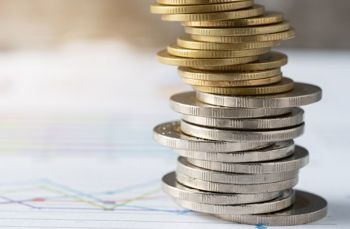
The ultimate guide to VAT on expenses
Master the basics of VAT on expenses and be confident in what you can claim for with this guide.
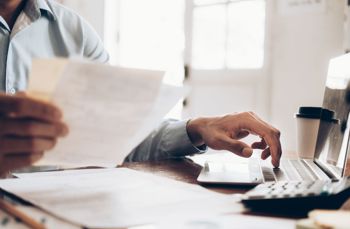
The 7 step guide to getting compliant
Ensuring you get, and stay, VAT compliant with Expenses can seem like a mammoth task. With our step by step guide, you can be confident you're not missing a thing.

The guide for what you could be missing
Whether you're a VAT veteran or a VAT virgin, VAT on expenses can still be a subject that gives accountants sleepless nights. This guide walks you through all of those commonly missed items in one download.
VAT on expenses information and advice

The basics of subsistence and VAT
Go to article
Why Jaffa Cakes have an important role to play in Expenses and VAT
Go to article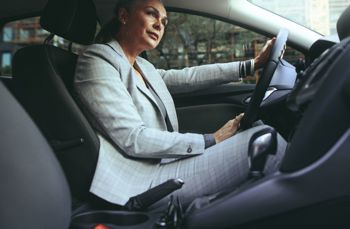
Mileage allowance and VAT
Go to article
10 tips to help you manage your expenses and VAT
Go to article
Rules on expenses and VAT when staying away from home on business
Go to article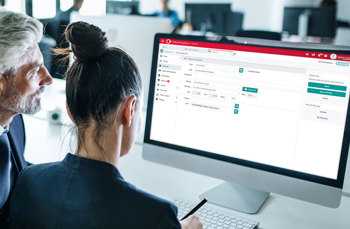
Features of a great expense management system
Go to article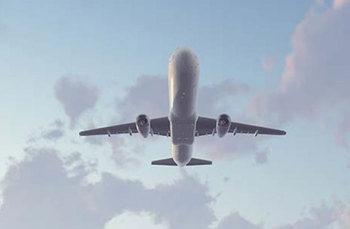
VAT on staff business travel
Go to article
Writing your expenses policy - the things to think about
Go to article

 AU & NZ
AU & NZ
 SG
SG
 MY
MY
 US
US
 IE
IE